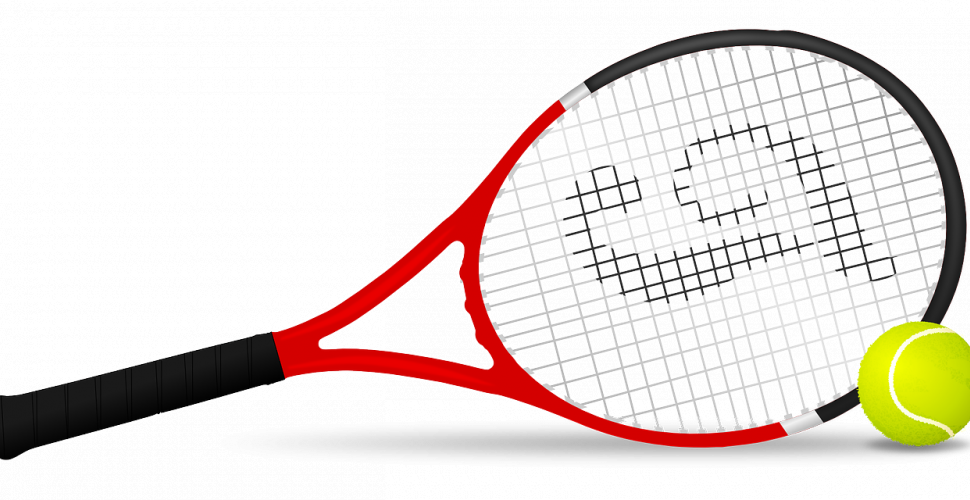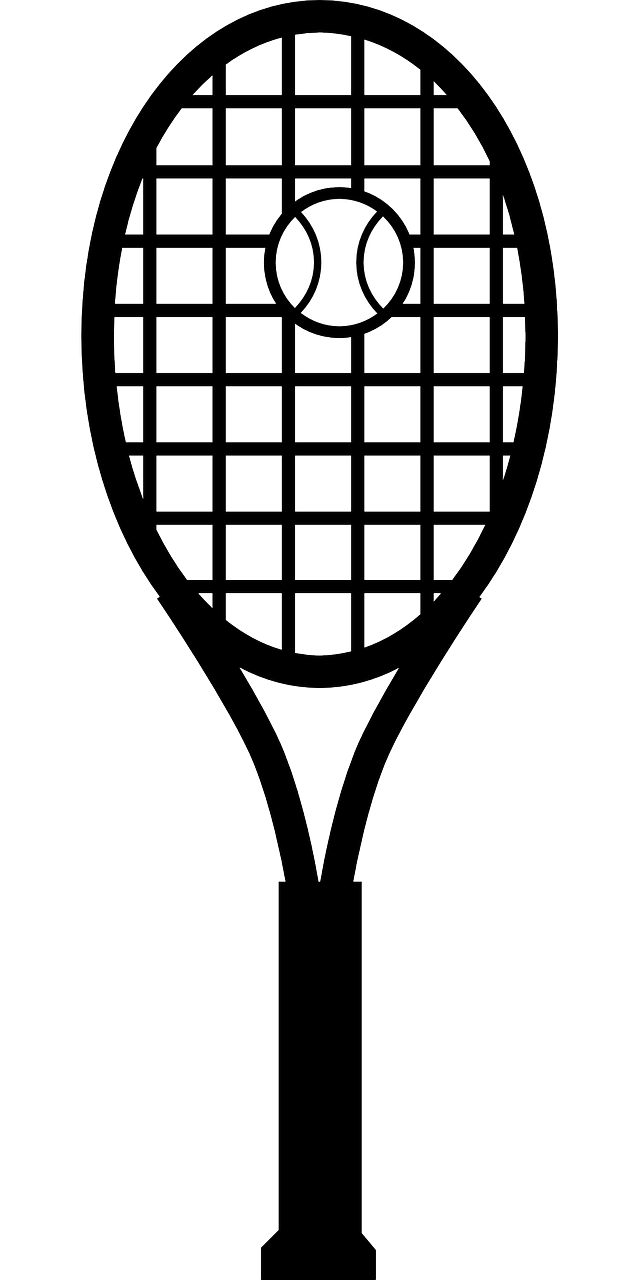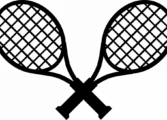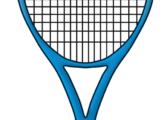Tennis Terms: A Comprehensive Guide to the World of Tennis

Introduction
Tennis is a popular sport enjoyed by millions of people worldwide. Whether you’re a casual fan or an avid player, having a good understanding of tennis terms is crucial to fully appreciate and participate in the game. In this article, we will delve into the world of tennis terms, providing an in-depth overview, discussing the different types, popularity, quantitative measurements, differences between terms, and a historical analysis of advantages and disadvantages. So, let’s jump right in!
Overview of Tennis Terms

Tennis terms are specific words or phrases used within the sport to describe various elements of the game. These terms encompass everything from basic strokes to advanced strategies, player positions, court areas, equipment, and scoring systems. By familiarizing oneself with these terms, players can communicate effectively and understand the nuances of the game.
Presentation of Tennis Terms
Tennis terms can be divided into different categories based on their purpose and specificity. Let’s explore some of the major types of tennis terms:
1. Stroke Terminology: This category includes terms such as forehand, backhand, serve, volley, and lob. Each stroke has its own technique and purpose, contributing to the dynamics of the game.
2. Court Terminology: Tennis courts are divided into various sections, each with its unique purpose. Terms like baseline, service line, net, singles sideline, and doubles alley are commonly used to designate these areas.
3. Scoring Terminology: Understanding the scoring system is essential in tennis. Terms such as love, deuce, advantage, set, and match signify different stages and outcomes within a game.
4. Equipment Terminology: Tennis-related equipment, like racquets, balls, and strings, also have specific terms associated with them. Grip size, string tension, and racquet head size are some examples.
Quantitative Measurements of Tennis Terms
Quantitative measurements in tennis help gauge players’ performance, court dimensions, and equipment specifications. Let’s dive into some key quantitative measurements commonly used in the sport:
1. Speed: The speed of a tennis ball is measured in miles per hour (mph) and is often used to assess the power and accuracy of serves or shots.
2. Court Dimensions: Tennis courts have specified dimensions that adhere to regulations. For example, the overall length of a standard singles court is 78 feet, and the width is 27 feet.
3. Racquet Specifications: Tennis racquets come in various sizes and weights. Measurements like head size, grip length, and string pattern are essential considerations for players.
Differences Between Tennis Terms
While many tennis terms are self-explanatory and widely accepted, some variations exist based on region or playing style. For instance, the term ”slice” is utilized to describe a specific type of backspin shot, but variations like ”cut” or ”carve” might also be used in specific contexts.
Historical Analysis of Tennis Terms
Tennis terms have evolved over time, reflecting advancements in technology, changes in playing style, and cultural influences. Let’s look at some historical aspects of tennis terms:
1. Early Terminology: Tennis has its roots in various older racket sports, each with its own terminology. Terms like ”love” for zero in scoring are believed to have originated from the French word ”l’oeuf,” meaning egg, which symbolizes a zero.
2. Modern Influences: As tennis gained popularity worldwide, different regions adopted and incorporated their terms into the game. For instance, the terms ”break point” and ”ace” are commonly used worldwide, showcasing the influence of the English language.
Conclusion
Tennis terms form the language of the sport, enabling effective communication and a deeper understanding of the game. With a wide range of terminology covering strokes, courts, scoring, equipment, and more, aspiring players and enthusiastic fans can enhance their enjoyment and engagement with tennis. By recognizing the historical evolution, differences, and quantitative measurements, one can truly appreciate the rich tapestry of tennis terms. So, grab your racquet, hit the court, and embrace the fascinating world of tennis terms!
[INSERT VIDEO HERE: A brief demonstration of different tennis strokes and their corresponding terminology.]
Article Structure:
Introduction
Overview of Tennis Terms
Presentation of Tennis Terms
Quantitative Measurements of Tennis Terms
Differences Between Tennis Terms
Historical Analysis of Tennis Terms
Conclusion
















































